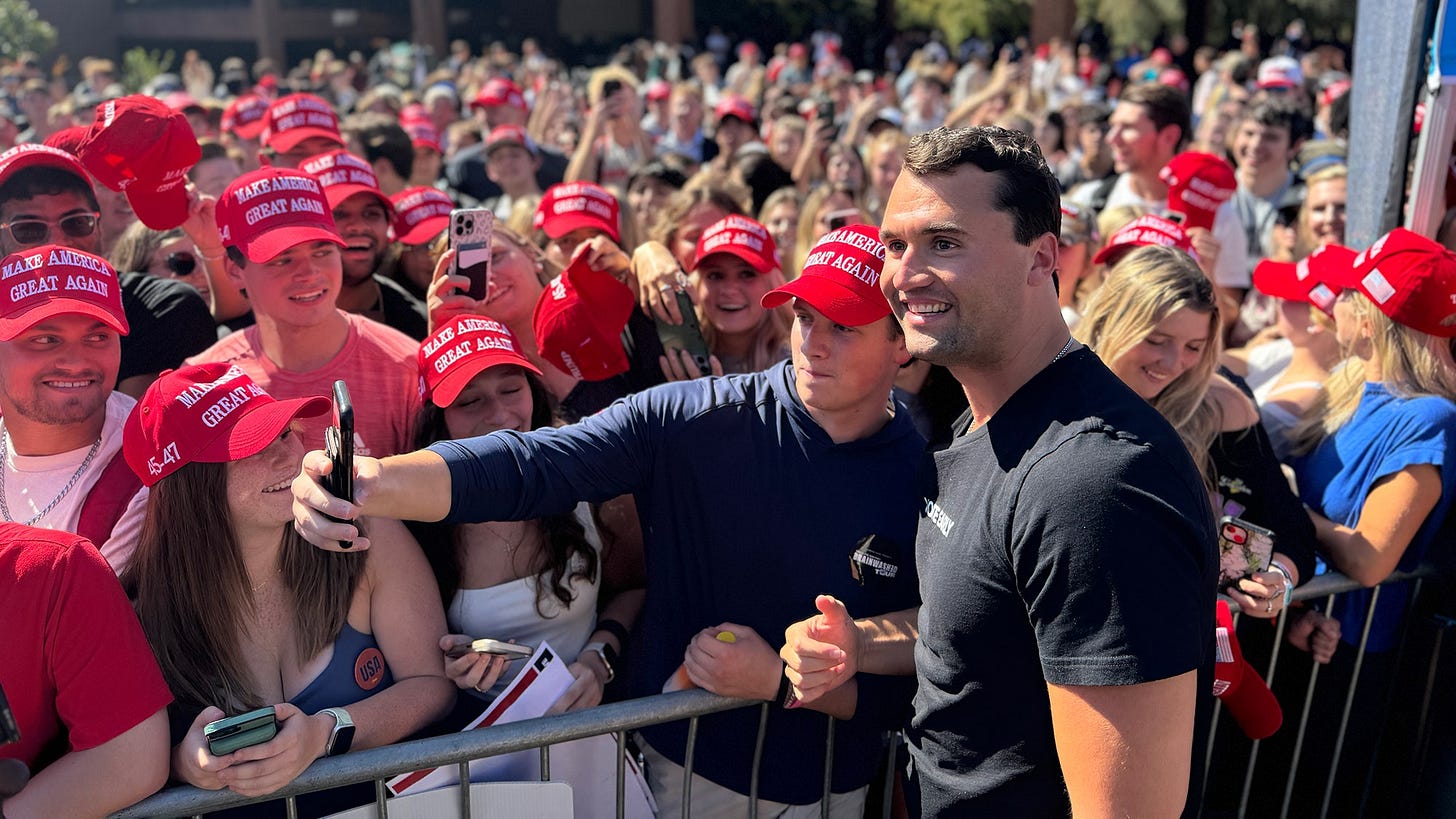Dude, Where's My Man Wave?!
Its Starting to Look Like America Understands the Assignment
We’re humans, we like certainty.
In fact, we crave certainty of event outcomes that probabilistic models and horserace polling simply can’t give us.
Whether a single poll, many polls aggregated together, or many polls aggregated together and then combined with other important components of elections (forecasting “models” like 538, Silver Bullet, etc) statistics can only take us so far in predicting election outcomes.
Why?
Well, because even as Nate Silver would tell you, low probability events still occur (think Trump 2016) and because horserace election polling is constrained by unavoidable errors and biases even when done well, including the margin of error, that prevent us from being able to say with certainty which way a race that will be decided by 1 or 2% will end up actually breaking.
This is why my own work relies on what I call “hard” data like registration data, fundraising data, volunteer data, early turnout data, and field infrastructure, combined with soft data insights culled from quality polling data (public, likely voter sample, n at least 800) to assess the overall electoral environment.
Now that the election is next week and average Americans are finally paying attention for the first time to an election you’ve been following for 2 years we have a good bit of hard and soft data to assess to help us anticipate the outcome.
And what we see in these data is overwhelmingly positive for Harris.
Keep reading with a 7-day free trial
Subscribe to The Cycle- On Substack to keep reading this post and get 7 days of free access to the full post archives.


